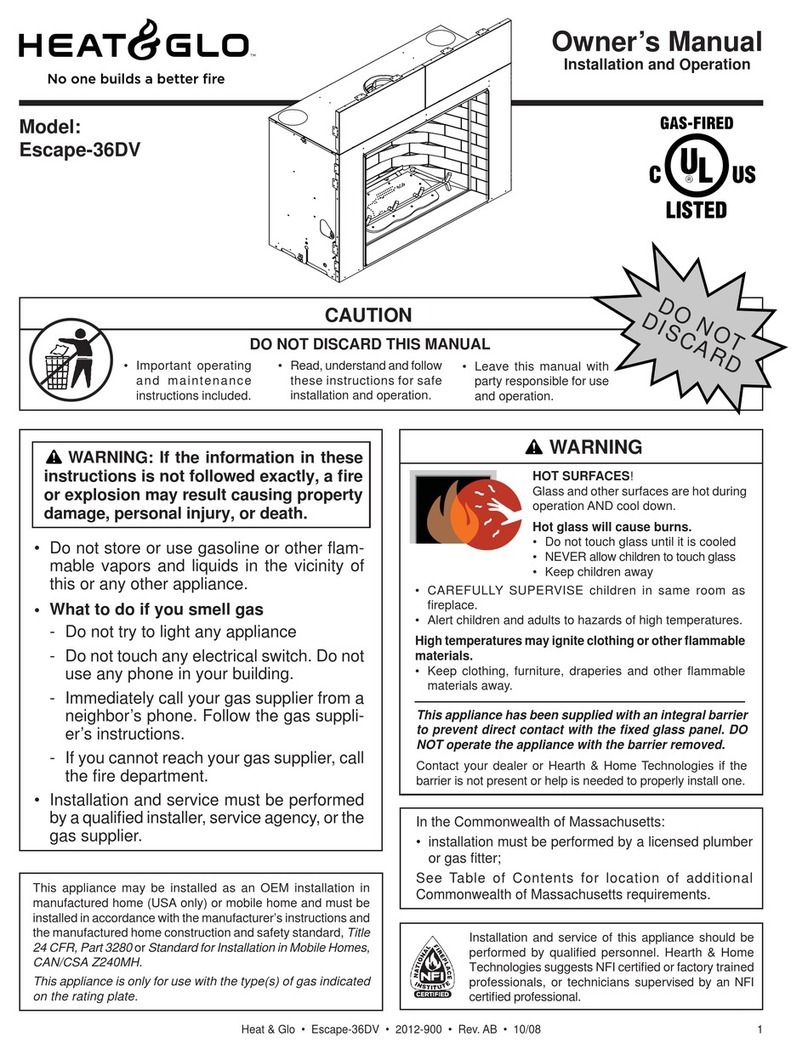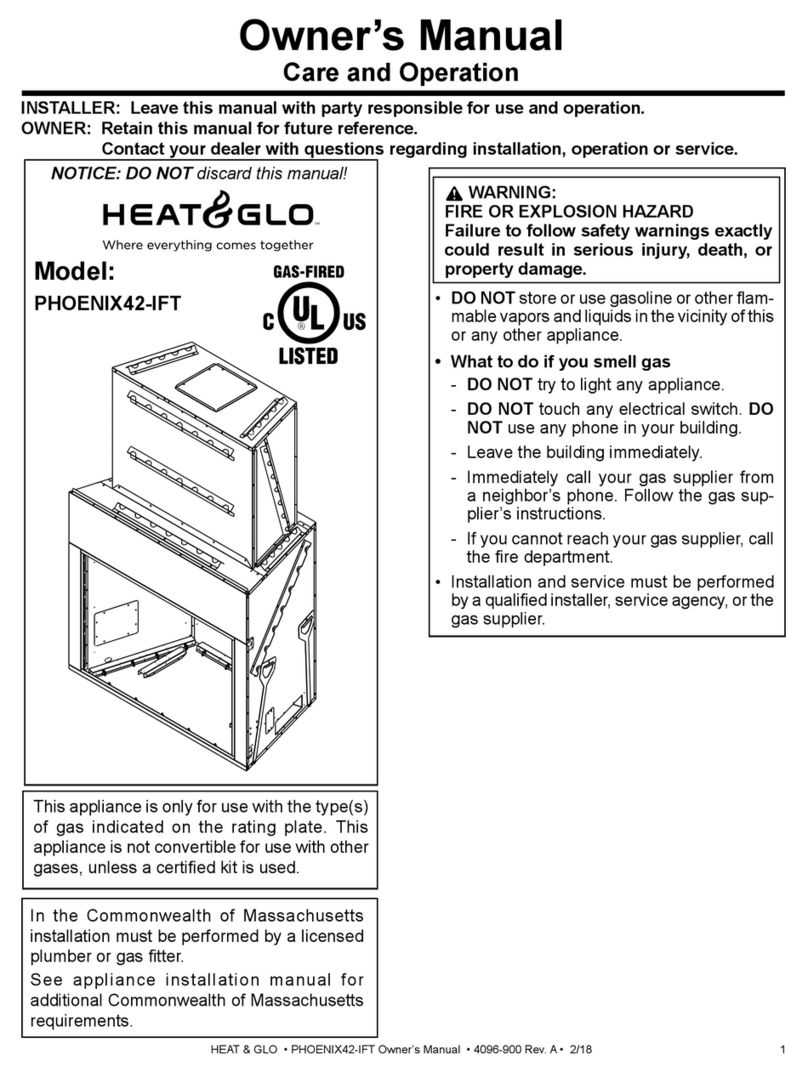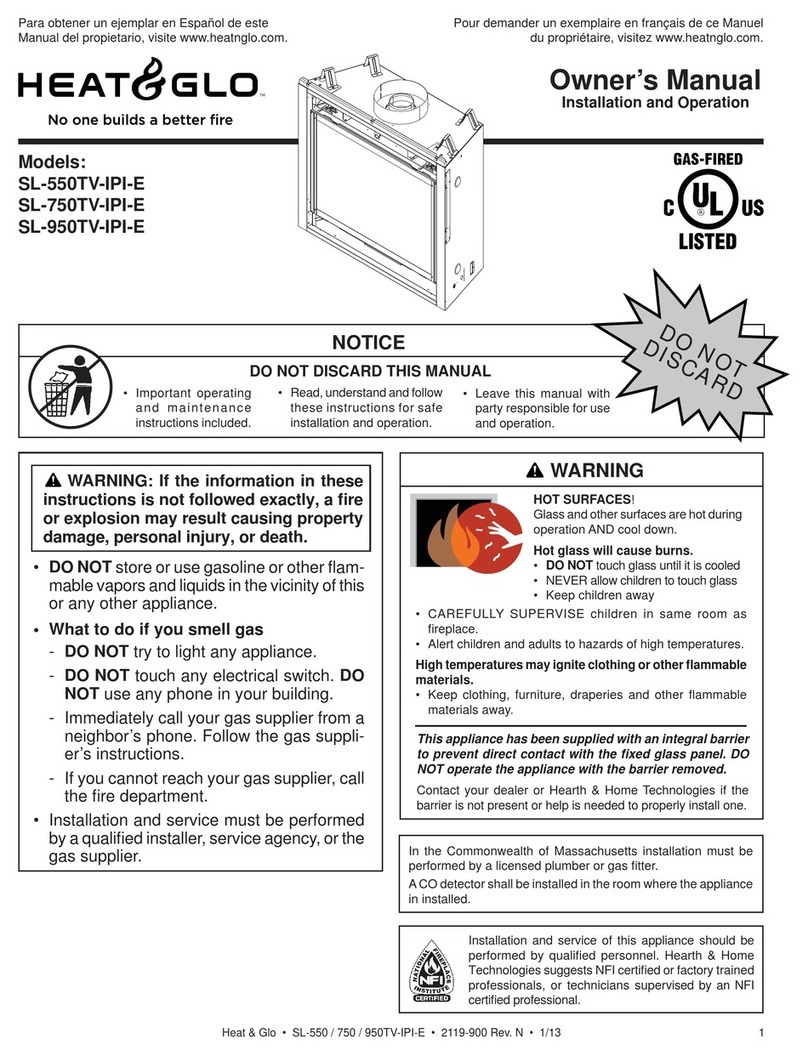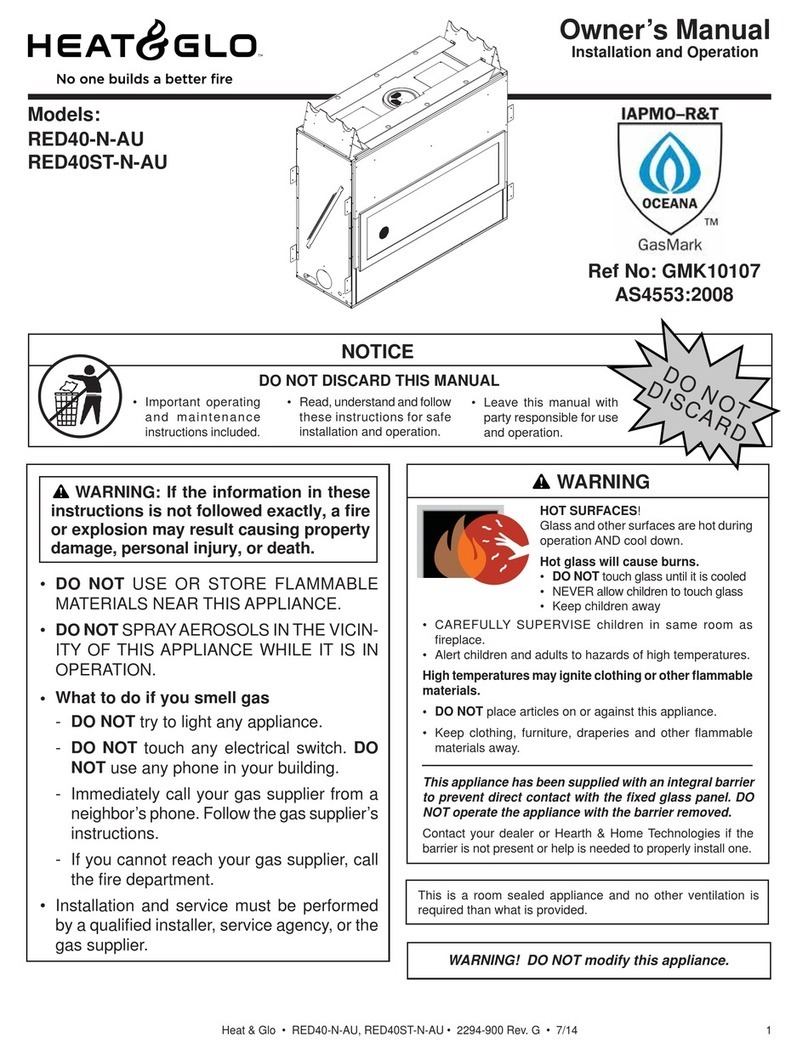Heat & Glo STS-42 Manual




















Other Heat & Glo Indoor Fireplace manuals
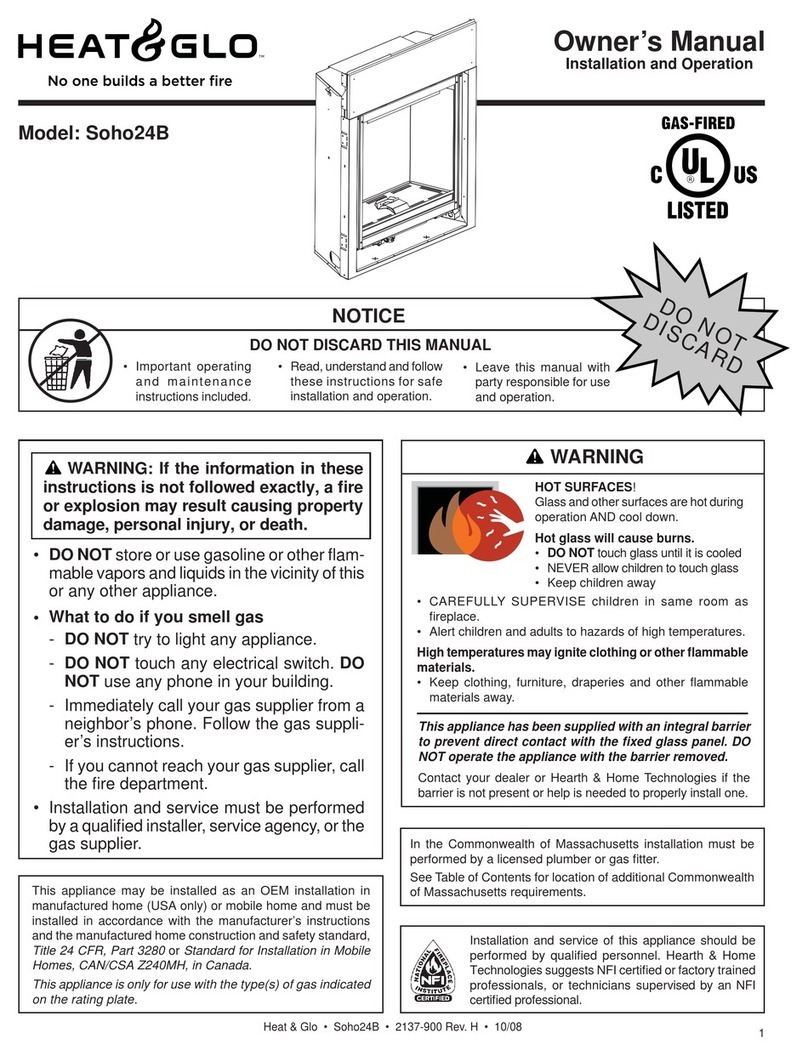
Heat & Glo
Heat & Glo SOHO24B User manual

Heat & Glo
Heat & Glo PALOMA-BL User manual
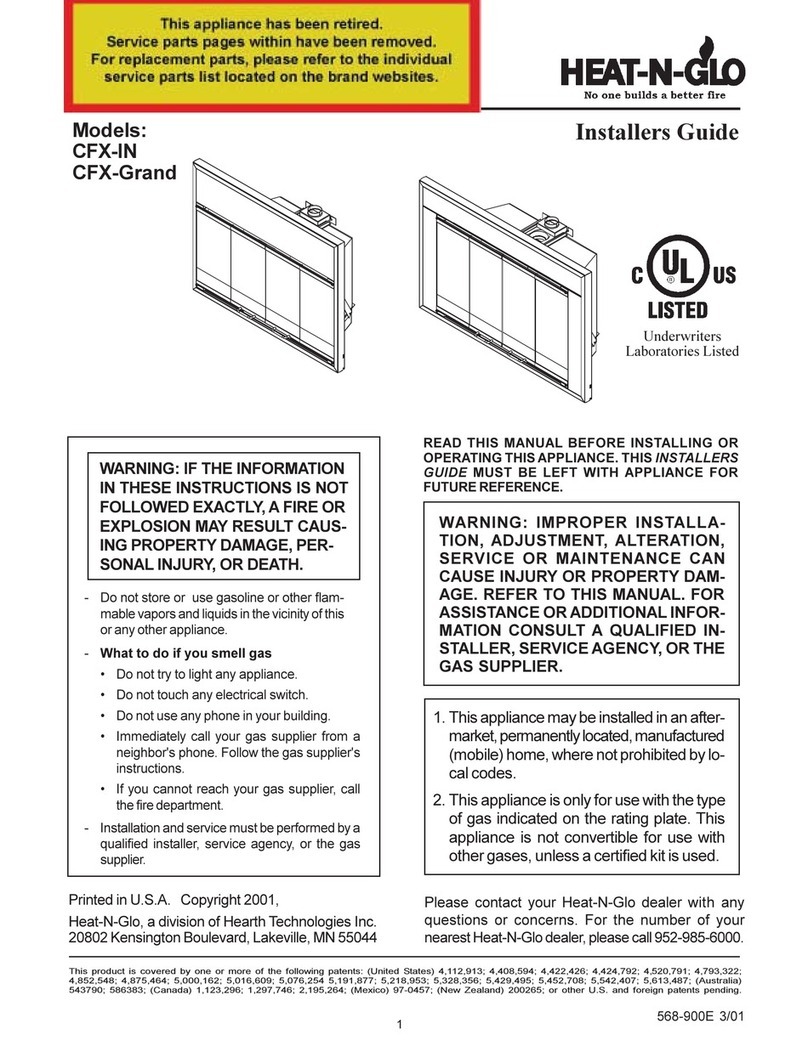
Heat & Glo
Heat & Glo CFX-IN Assembly instructions

Heat & Glo
Heat & Glo ESCAPE-30LP-IFT User manual

Heat & Glo
Heat & Glo PRIMO48ST User manual
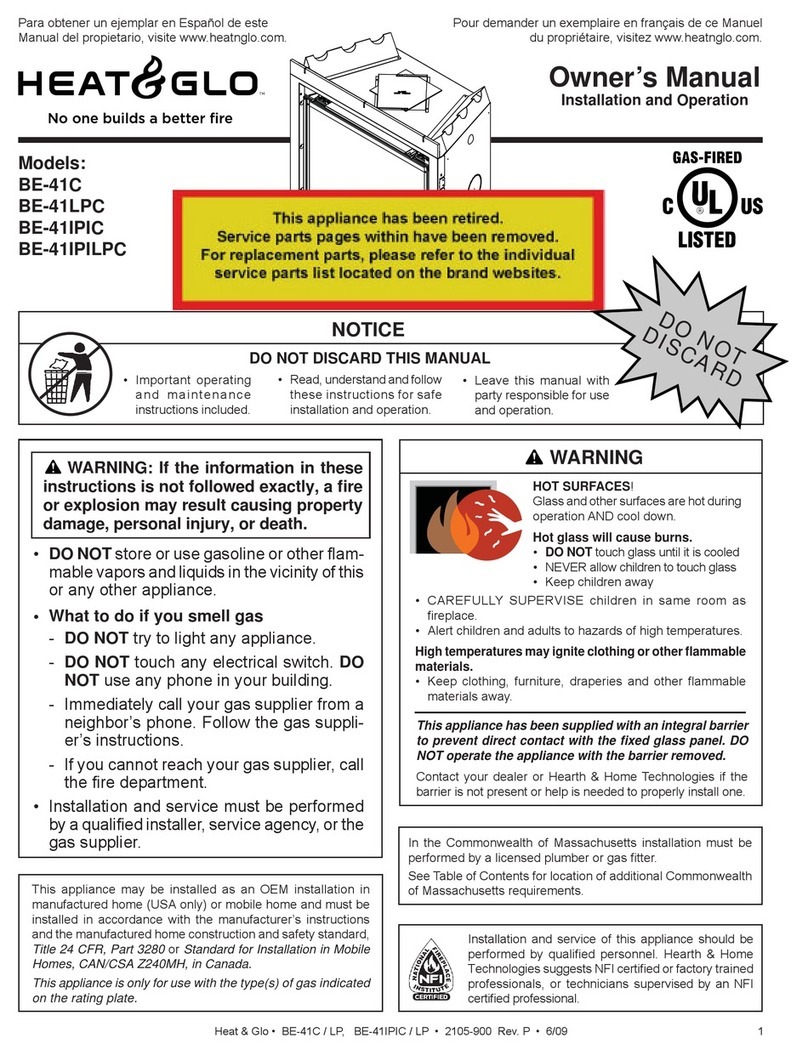
Heat & Glo
Heat & Glo BE-41C User manual

Heat & Glo
Heat & Glo ST-550TM-IPI User manual

Heat & Glo
Heat & Glo 6000GBV User manual

Heat & Glo
Heat & Glo EM-415 User manual
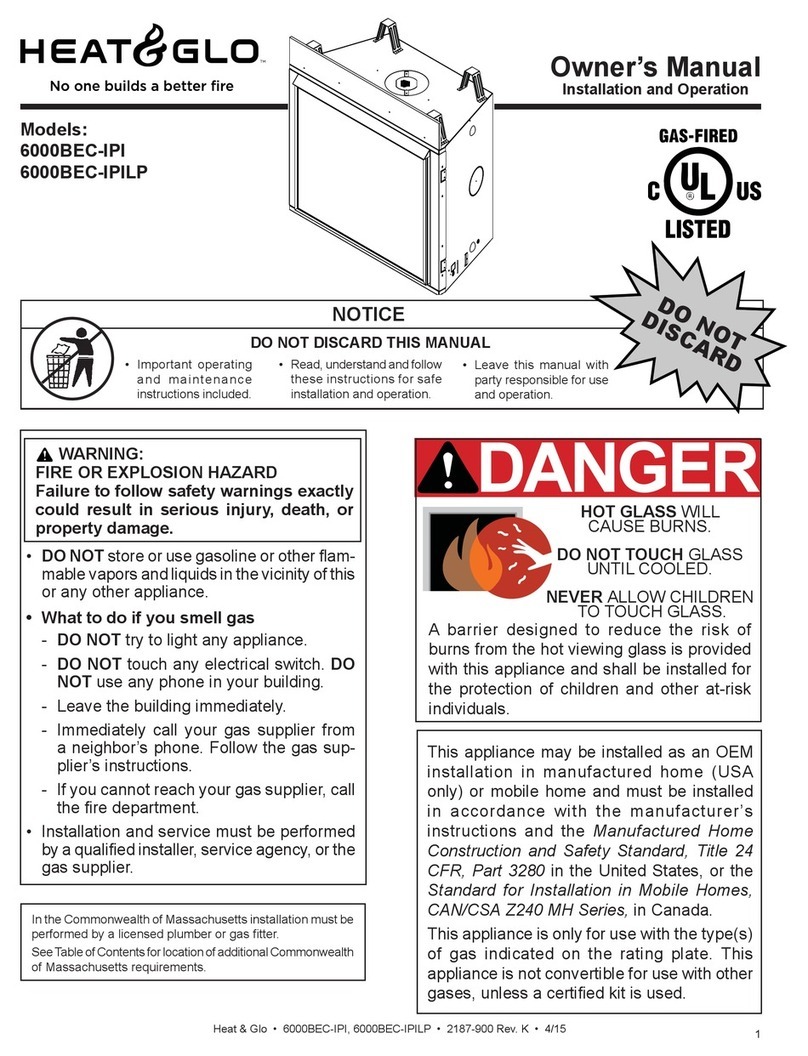
Heat & Glo
Heat & Glo 6000BEC-IPI User manual

Heat & Glo
Heat & Glo ST-36TR-IPI User manual

Heat & Glo
Heat & Glo 6000CLX-IFT-S User manual
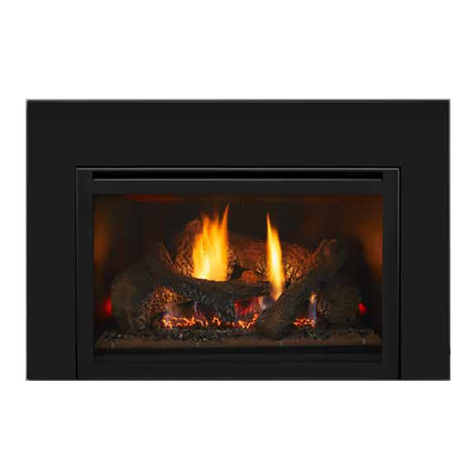
Heat & Glo
Heat & Glo FB-GRAND Assembly instructions

Heat & Glo
Heat & Glo 550TRSI-AUF User manual

Heat & Glo
Heat & Glo JADE32IN User manual
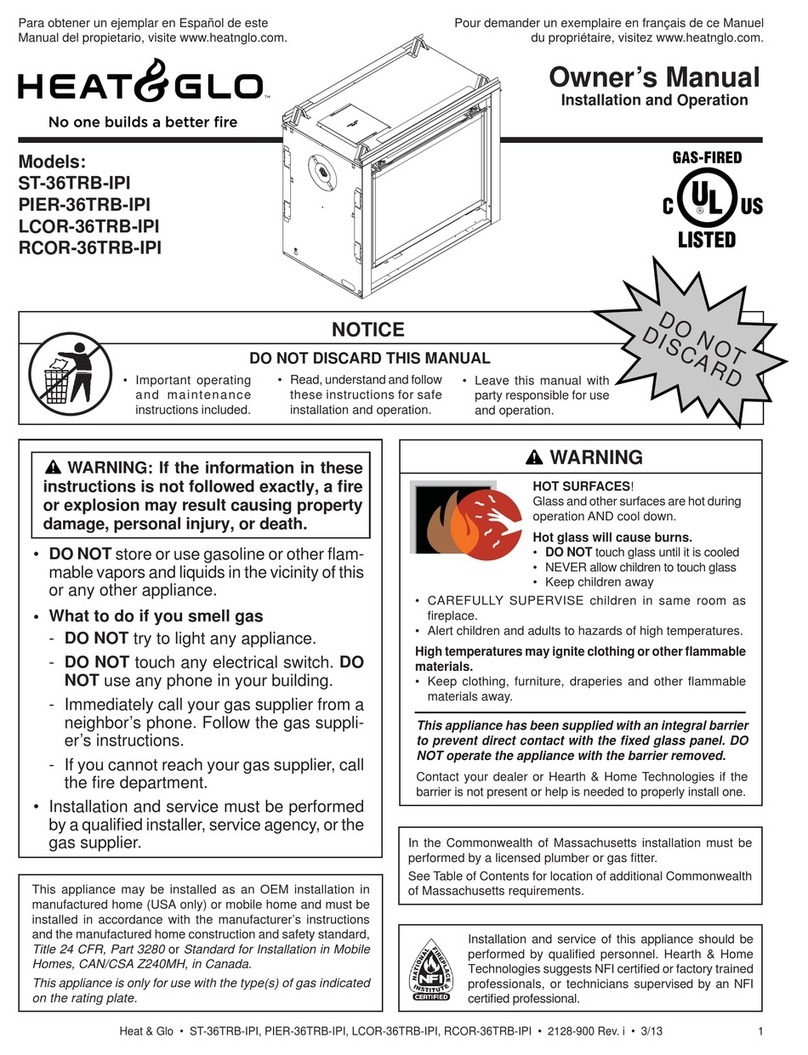
Heat & Glo
Heat & Glo PIER-36TRB-IPI User manual
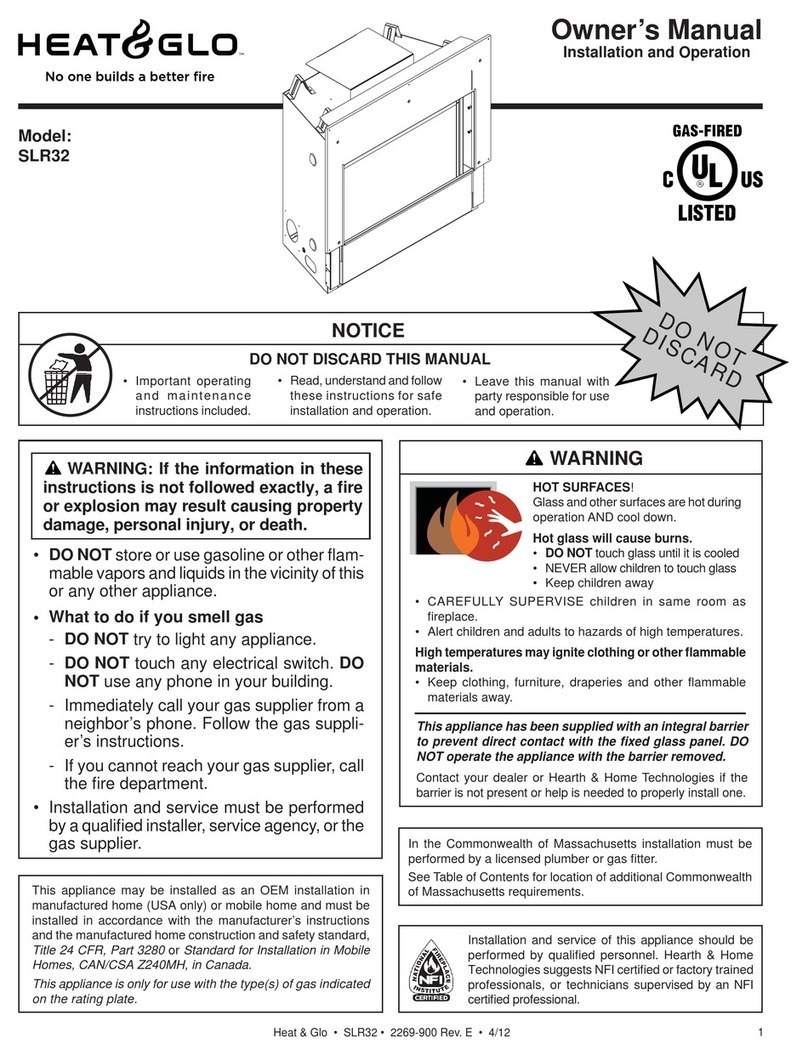
Heat & Glo
Heat & Glo SLR32 User manual
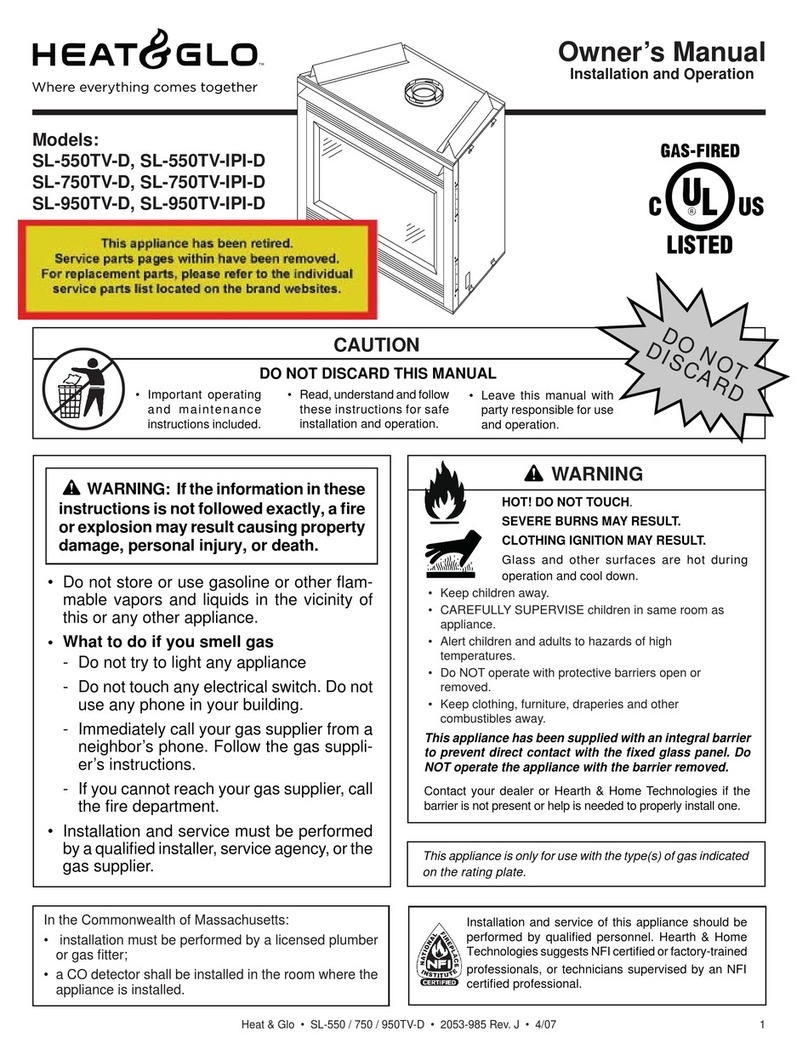
Heat & Glo
Heat & Glo SL-550TV-D User manual
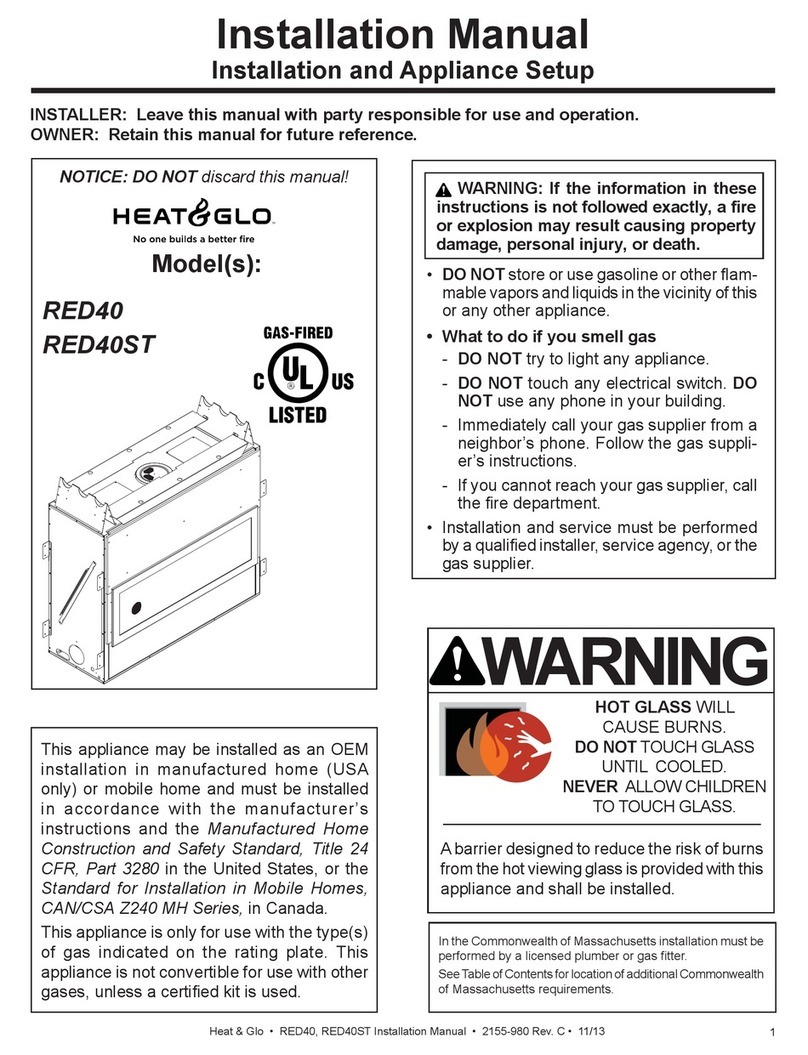
Heat & Glo
Heat & Glo Heat & Glo RED40 User manual
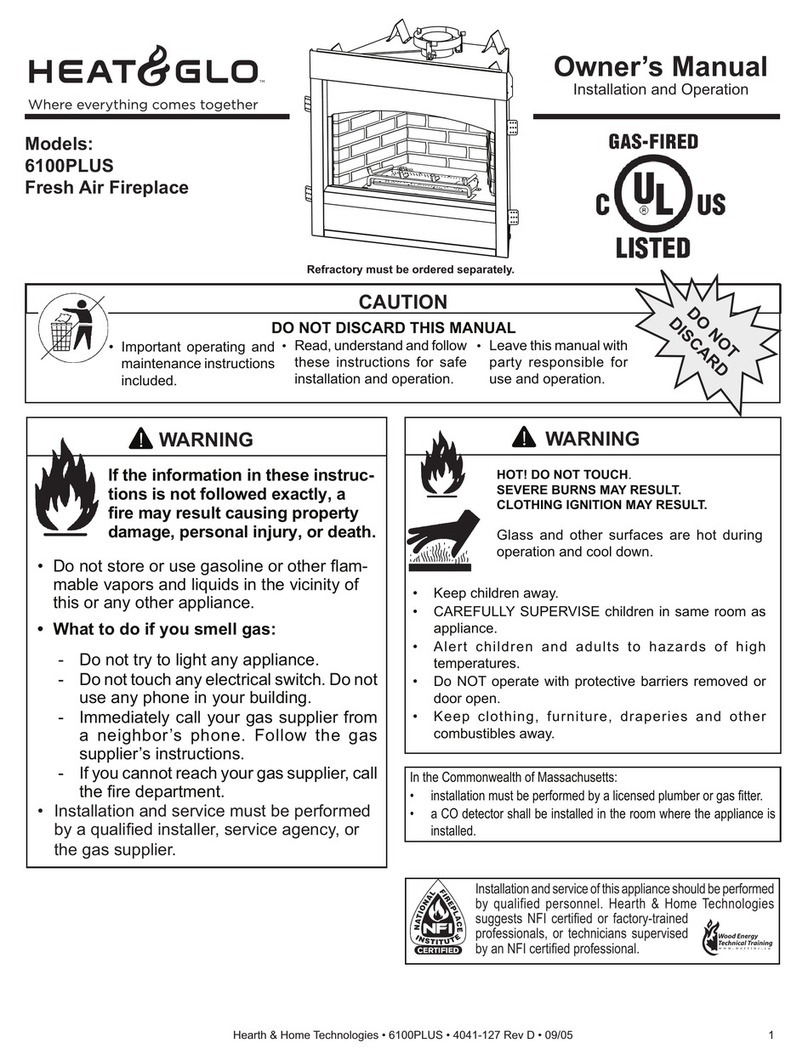
Heat & Glo
Heat & Glo 6100PLUS User manual
Popular Indoor Fireplace manuals by other brands

Better Homes and Gardens
Better Homes and Gardens Ellis Shutter BH18-084-097-23 manual
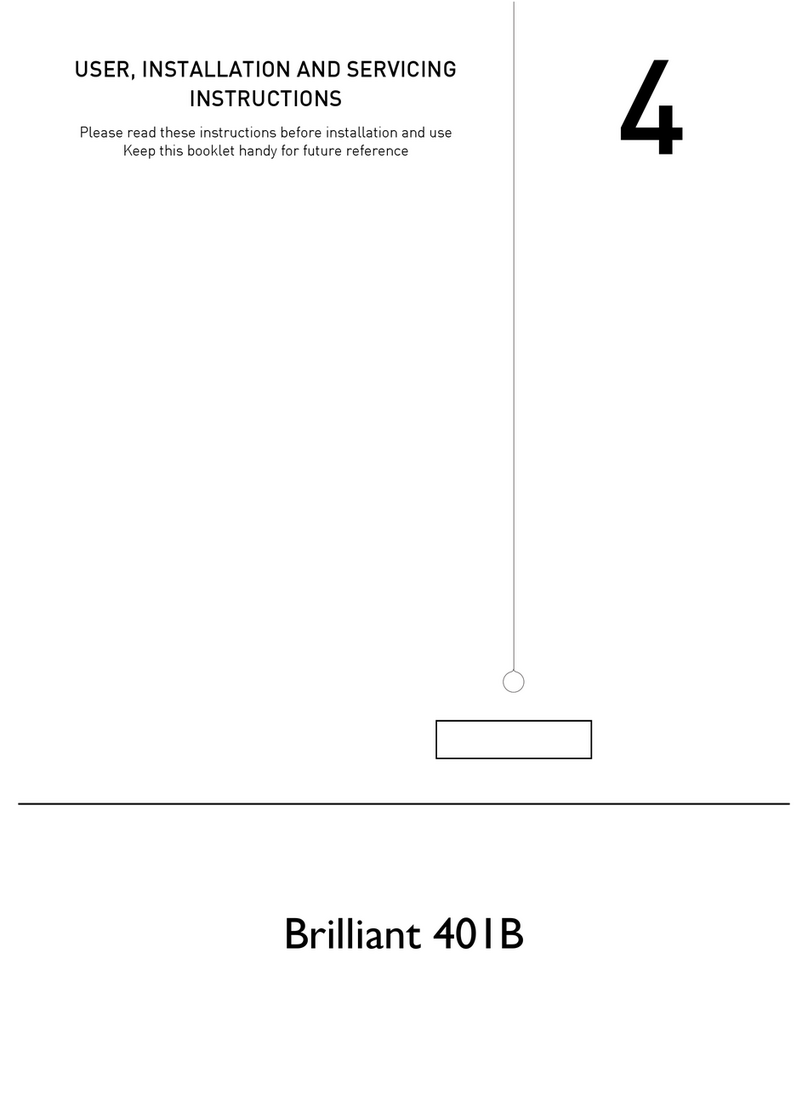
Brilliant Fires Limited
Brilliant Fires Limited 401B User, installation and servicing instructions

Dimplex
Dimplex Prism BLF5051 Service manual
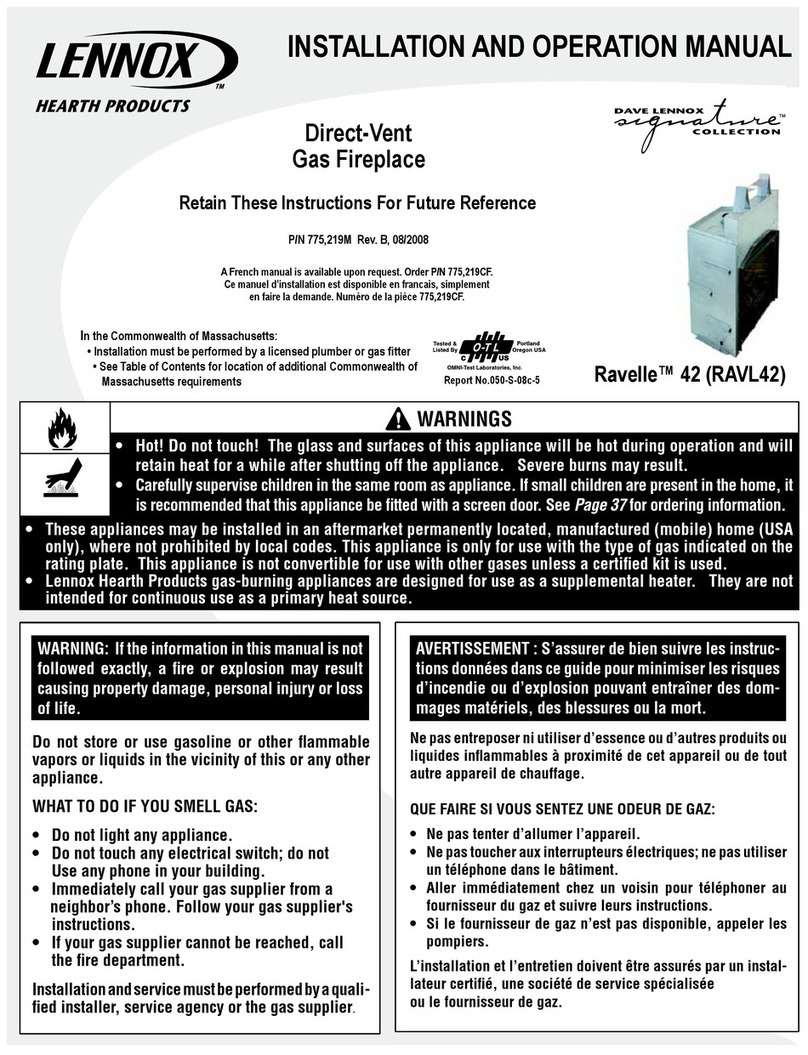
Lennox Hearth Products
Lennox Hearth Products C42 Installation and operation manual
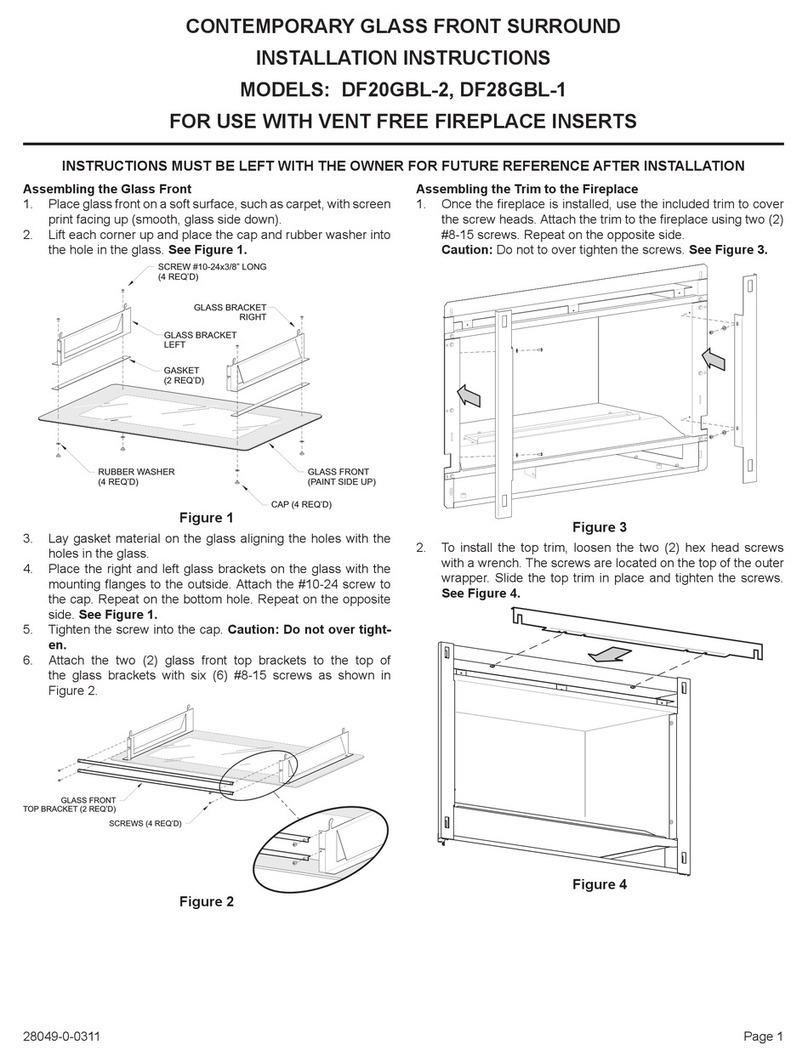
Empire Comfort Systems
Empire Comfort Systems DF28GBL-1 installation instructions

Riello Burners
Riello Burners RIELLO 40 Series Installation, use and maintenance instructions
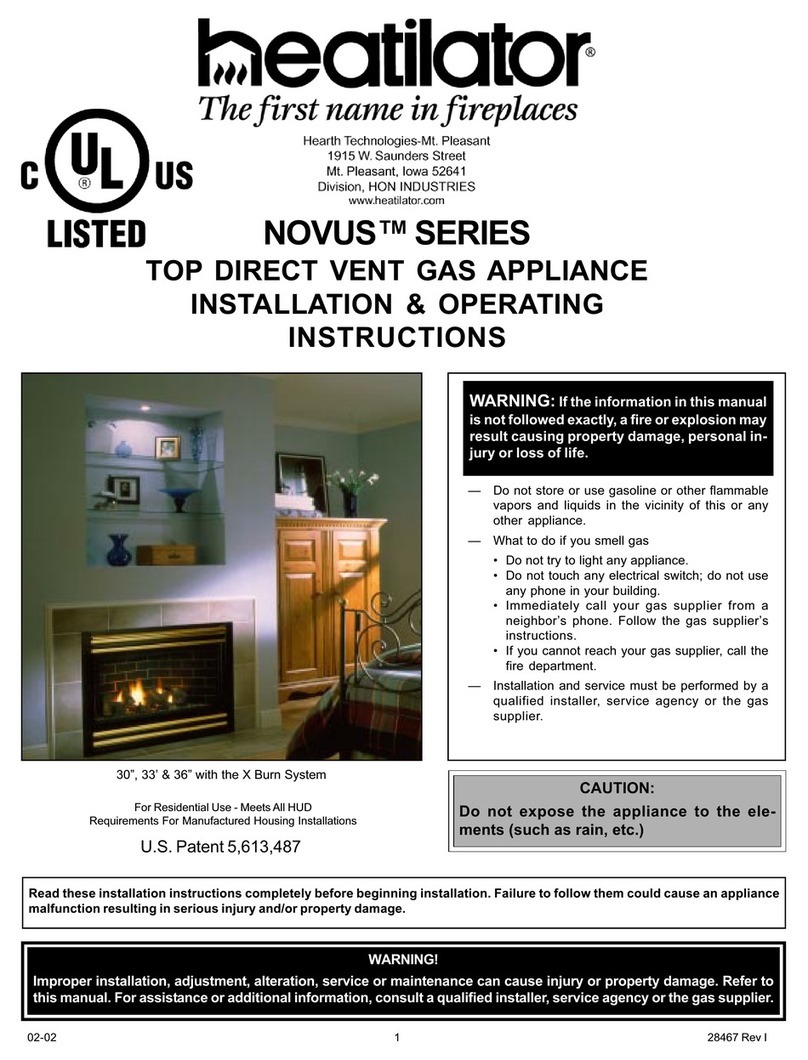
Heatilator
Heatilator NOVUS series Installation and operating instructions

Monessen Hearth
Monessen Hearth LSTF36-B Installation & owner's manual

Lennox
Lennox Elite ELDV-35NM installation instructions
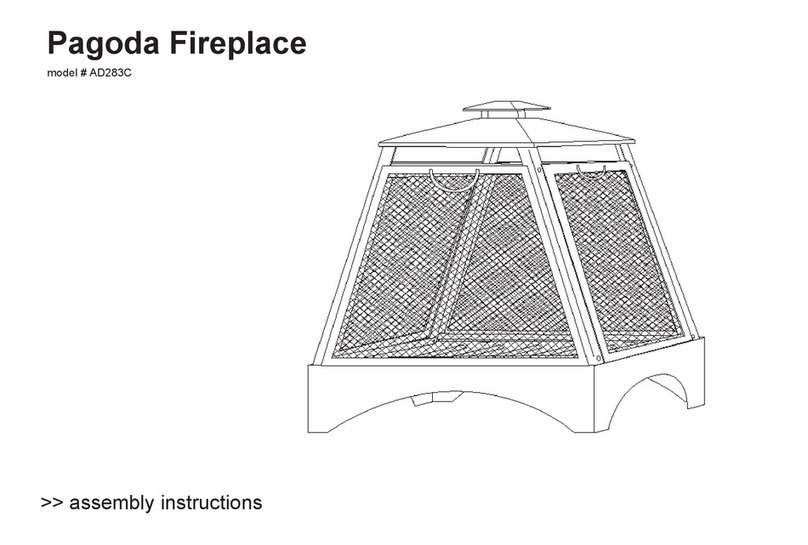
Asia Direct
Asia Direct AD283C Assembly instructions

Napoleon
Napoleon GDS25N Installation and operating instructions

RCO
RCO Kingsman Marquis MQVL48N installation instructions

Twin-Star International
Twin-Star International ClassicFlame 32MM4486 manual

Enviro
Enviro Westport Steel owner's manual
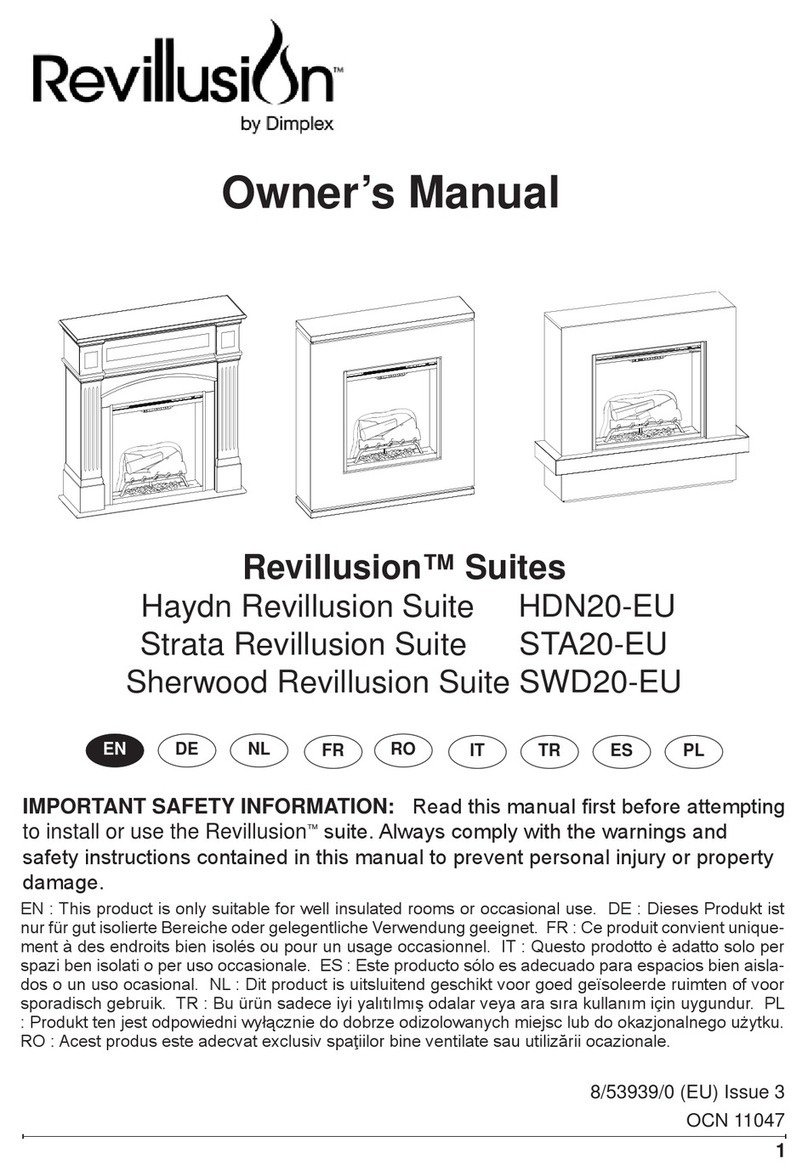
Dimplex
Dimplex Revillusion Haydn owner's manual
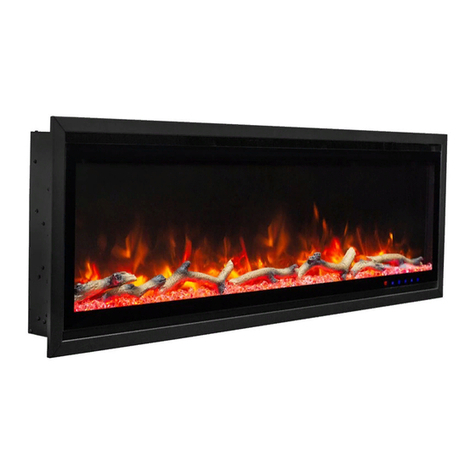
Kennedy
Kennedy Kennedy II 42 / JR-42S manual
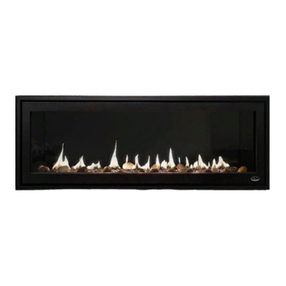
Valcourt
Valcourt L48 installation instructions
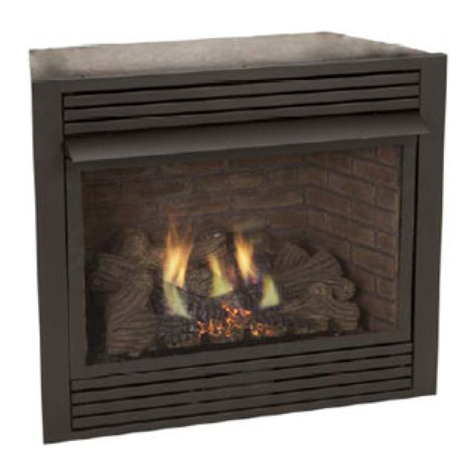
Monessen Hearth
Monessen Hearth Vent Free DFS32C installation instructions
